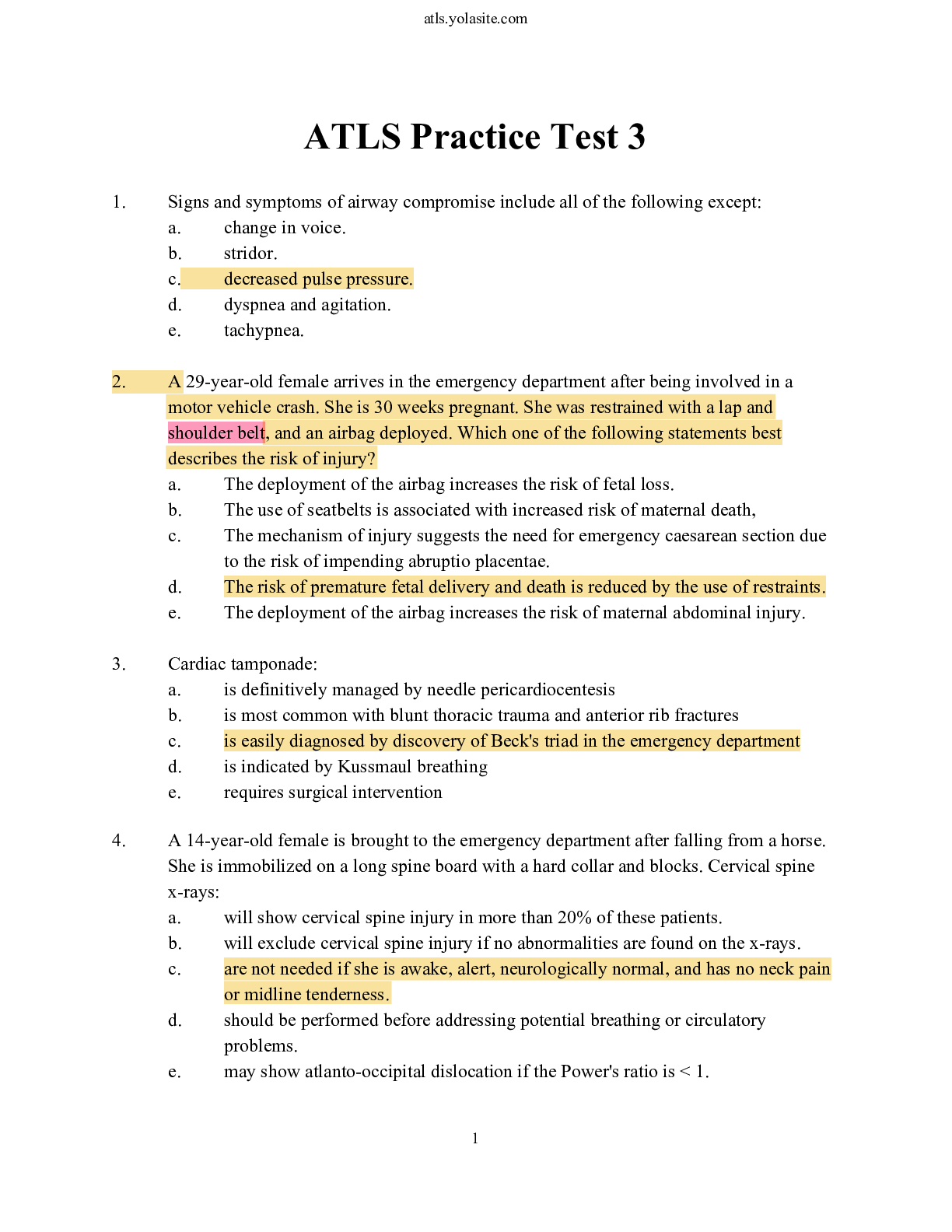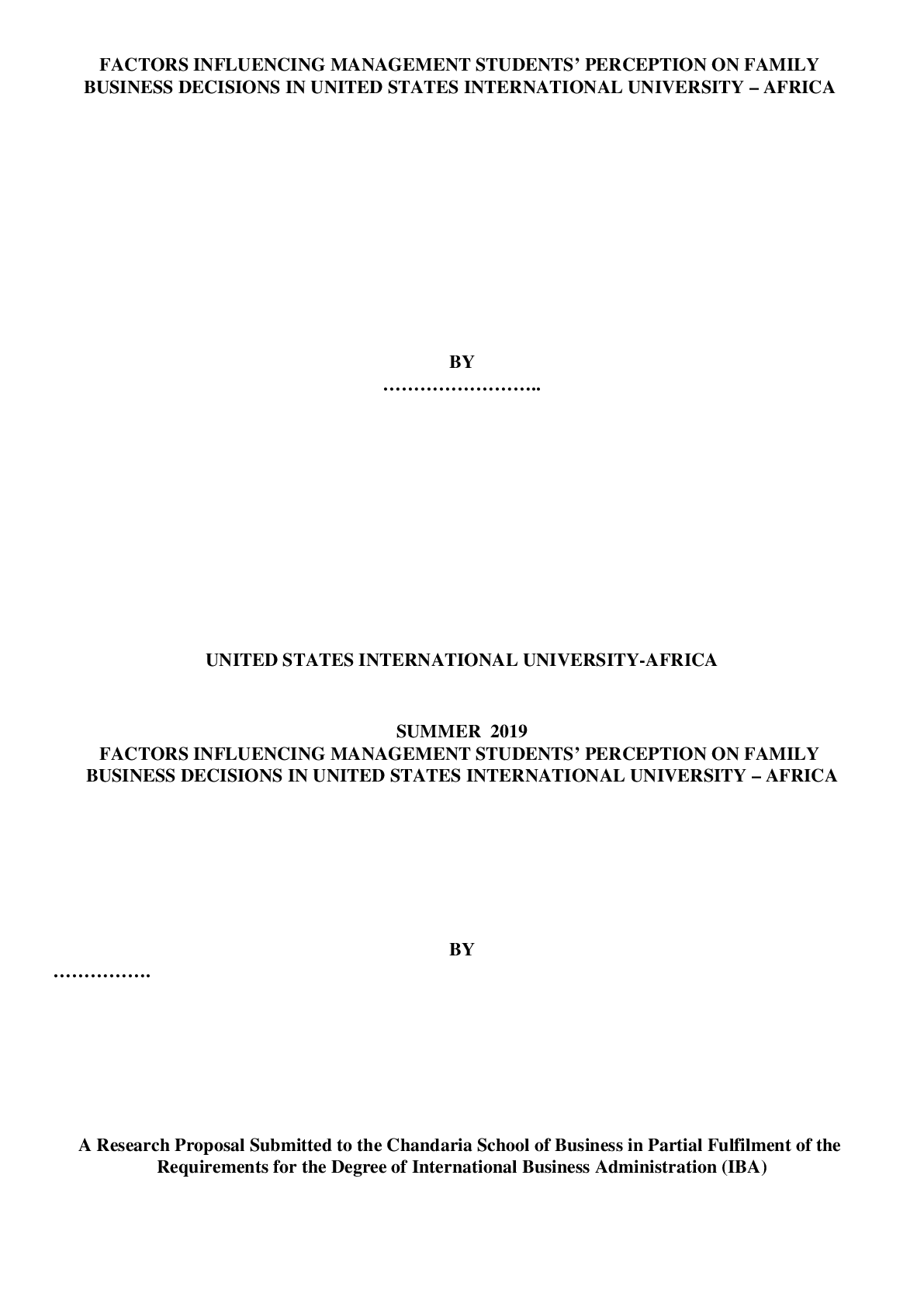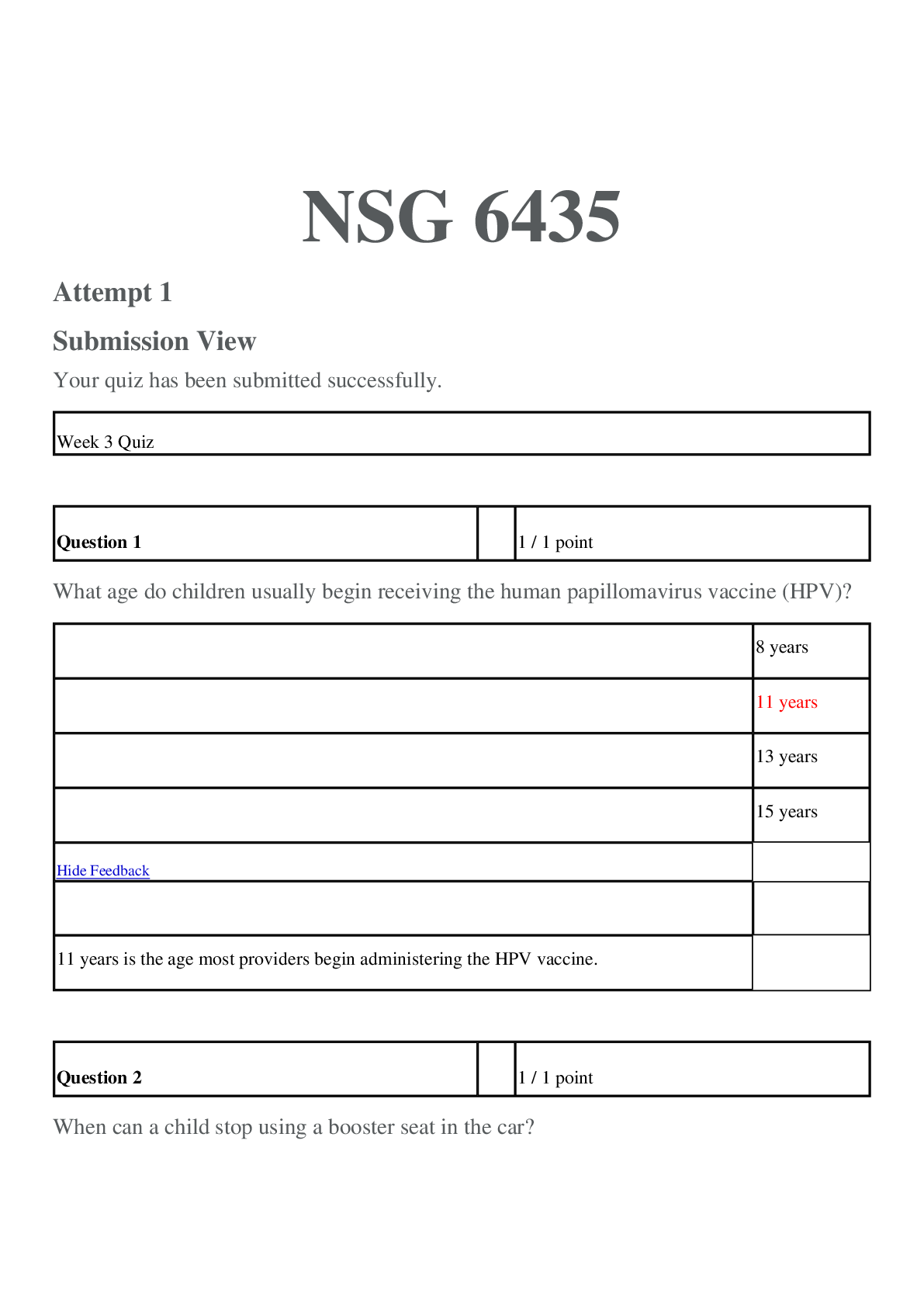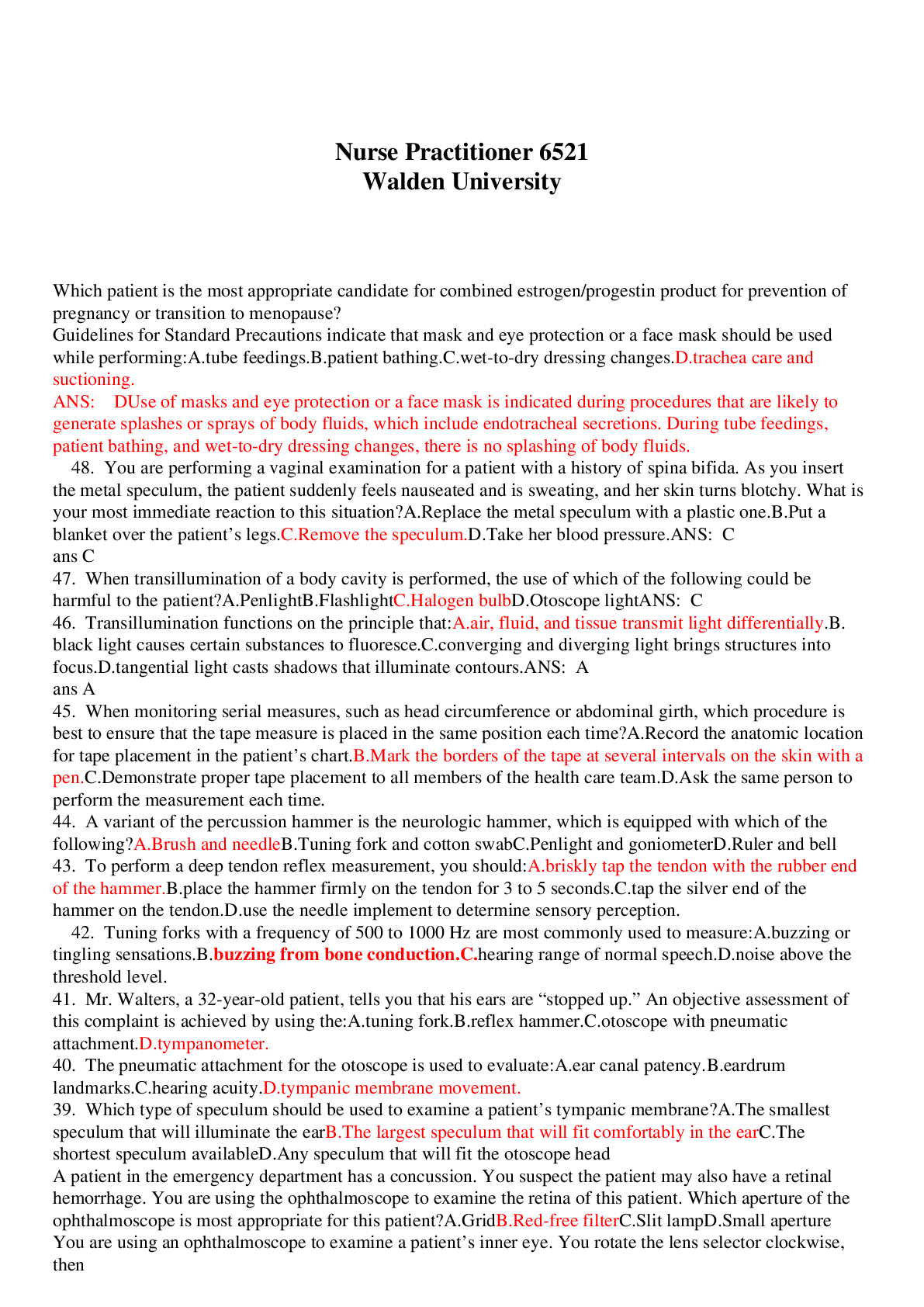AORN Perioperative 101
Document Content and Description Below
1. First forms of anesthesia:: Nitrous Oxide and ether 2. Who may provide anesthesia care? (4 answers): Anesthesiologist, CRNA, Anesthesiologist assistant, perioperative nurse 3. Factors to consider... when determining what anesthetic to use for a partic- ular patient: (8 answers): -pt/surgeon preference -Surgical procedure -Physical Status -Age -Postoperative recovery time -Length of surgery -Position of pt -Pt previous experience with anesthesia 4. General Anesthesia: a reversible state of unconsciousness, consisting of am- nesia, analgesia, and muscle relaxation 5. Regional Anesthesia: a reversible loss of sensation, which is achieved by injecting a local anesthetic to block the nerve fibers from transmitting impulses. 6. Local Anesthesia: functions like regional anesthesia but usually applies to a smaller area or a single body part such as a finger or a toe. 7. Monitored Anesthesia Care (MAC): consists of intravenous medications and concurrent local infiltration of tissue at the surgical site 8. What are the Four STAGES of Anesthesia?: • Stage I: Initial Administration - The first stage is the actual administering of the anesthetic drugs. There are only a few seconds in between the initial administering of the drug and unconsciousness. • Stage II: Excitement - In Stage II the patient is now unconscious. Also known as "excitement", is the time from loss of consciousness to the loss of eyelid reflex. Involuntary movements may occur at this time. • Stage III: Intrasurgery - This is the time of surgical anesthesia. The patient has rapid eye movement and breathing may be labored until the muscles completely relax. It is time to start the surgery. • Stage IV: Possibility of respiratory failure - During this last stage of anesthesia, the patient might need help. If too much anesthesia has been given, this stage is characterized by respiratory failure, leading to circulatory failure. Without breathing apparatus and heart support, the patient can die. 9. What are the three PHASES of anesthesia?: • Induction - This phase begins with the administration of anesthesia and lasts until the surgical incision is made. • Maintenance - This phase begins with the surgical incision and lasts until near completion of the procedure (Stage 3). • Emergence - This phase starts as the patient begins to awaken and ends upon exiting the operating room 10. IV regional anesthesia (Beir Block) is most often used for:: Upper extremity nerve blockade 11. A common side effect to monitor after spinal anesthesia is:: hypotension due to vasodilation 12. What is the most consistent physiological indication of Malignant Hyper- thermia?: Increased [Show More]
Last updated: 1 year ago
Preview 1 out of 24 pages
Instant download

Buy this document to get the full access instantly
Instant Download Access after purchase
Add to cartInstant download
Reviews( 0 )
Document information
Connected school, study & course
About the document
Uploaded On
Oct 13, 2022
Number of pages
24
Written in
Additional information
This document has been written for:
Uploaded
Oct 13, 2022
Downloads
0
Views
37





.png)
.png)


















